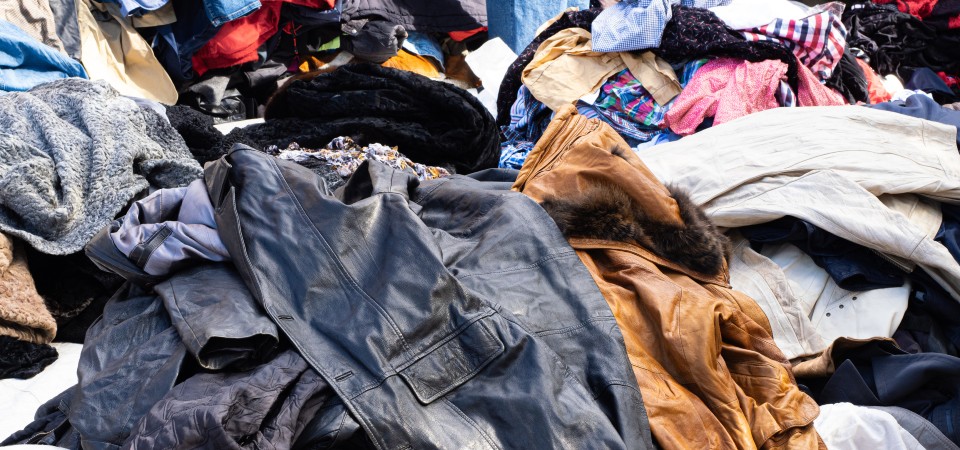Living within the planet’s limits is vital if we are to fight climate change, biodiversity loss and the twin crises of waste and pollution.
But that’s not all the circular economy is important for. In promoting resource efficiency and reducing dependency on finite materials, it can also encourage innovation and job creation.
Advances in biomaterials, for instance, are providing durable and recyclable alternatives to plastic packaging. And innovative approaches to textiles are enabling manufacturers to make fibres from agricultural waste.
But all this comes at a cost – and raises the question of who should pay. While the circular economy offers promising solutions to environmental and economic challenges, the transition raises critical questions about equity. It’s vital to include the workers and communities from developing countries at every stage of the transition.
Despite the potential of a circular economy to bring long-term benefits to both society and the environment, access to resources is uneven. There are also economic disparities. A lack of funding, insufficient investment and skills gaps make the shift towards a circular economy challenging for some developing countries.
And power dynamics are shifting across industries and regions. The circular transition can hit utility companies (electricity, gas and water) as demand from other firms falls. At the same time, in some countries it can bring significant gains to sectors such as construction – possibly driven by manufacturing firms investing in new buildings after saving money on material and energy costs.
In a recent review of 167 studies of the circular economy, we found that there was limited focus on democratic planning. Communities were not involved enough in decision-making about the transition to a circular economy – especially in low-income countries. Local workers and communities being shut out of decision-making and excluded from opportunities, such as green jobs in renewable energy or sustainable design, could worsen inequalities. This is particularly the case in low-income areas with limited resources and economic resilience.
In developing countries, persistent problems including low wages and poor working conditions can continue even as circular practices gain momentum, unless these concerns are integrated into the model. In the fashion industry, for example, workers face the same precarious working conditions regardless of whether they are working with virgin or recycled materials.
And new tensions are emerging over who benefits and loses in the transition to a circular economy. For example, a textile factory owner in the Tamil Nadu region of India voiced concerns that slower fashion cycles – promoted by circular initiatives in wealthier countries – could threaten jobs and livelihoods, making the case (in the words of one interviewee) for “much faster fashion”.
Continues…

For the full article by Dr Sue Park visit the Conversation.
ENDS










